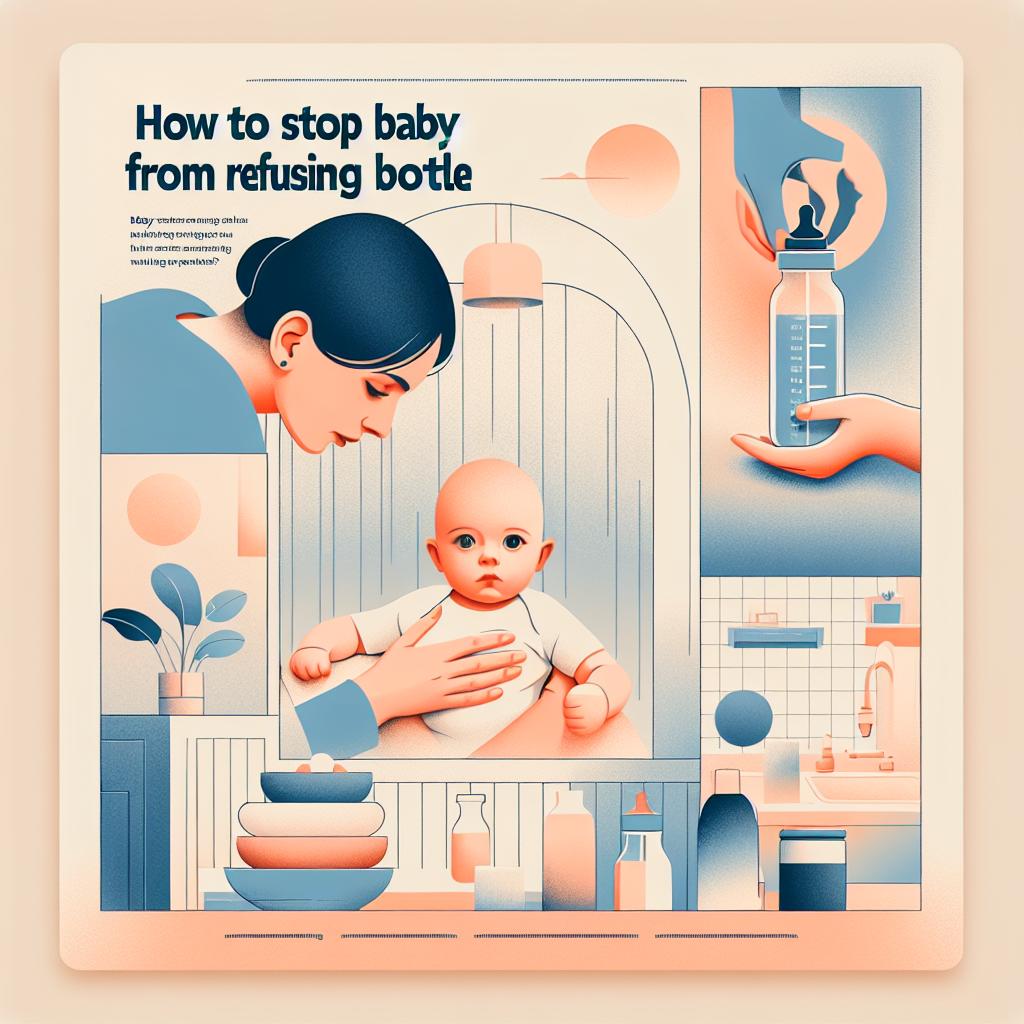Tips from Moms on Bottle Feeding: A Comprehensive Guide
Embracing the Transition: From Breastfeeding to Bottle Feeding
Many mothers often grapple with the decision to transition from breastfeeding to bottle feeding. Questions such as how to initiate this process and which bottles to use are common. Many moms who have gone through this experience offer the following practical guidance:
- Start by introducing the bottle gradually; it doesn’t have to be an immediate switch from breast to bottle.
- Choose a feeding bottle that closely resembles a mother’s breast to make the transition smoother. Babies are more likely to accept these easiest bottles for breastfed babies.
- Try giving the baby the bottle when they are not too hungry to prevent agitation.
Choosing Safe Bottles for Breast Milk
Another thing that worries feeding moms is the safety of the bottles they are using to store their expressed milk. It’s crucial to use safe bottles for breast milk to ensure that the quality of the milk remains unaltered.
- Look for bottles that are free from harmful substances such as BPA, PVC, and Phthalates.
- Choose bottles with anti-colic features to help reduce the possibility of your baby ingesting air during feeding.
- In terms of material, glass bottles are safer as they don’t contain any chemicals that could leach into the milk.
Bottle Feeding Techniques from Experienced Mothers
Moms bottle feeding their babies have shared a variety of techniques that have worked for them:
- Tilt the bottle slightly so that the nipple is filled with milk. This prevents the baby from swallowing air.
- Maintain eye contact with your baby during feeds. This strengthens the bond between mother and child while also providing reassurance.
- Always burp your baby after a feed. This helps to expel any excess air they may have swallowed.
You can find more practical tips on bottle feeding from experienced mothers on websites like NCT and Kellymom.
Calming Techniques During Bottle Feeding
Feeding times can sometimes be distressing for both mom and baby. Here are some calming techniques that moms can use during feeds:
- Cradle your baby in a semi-upright position for feeding.
- If your baby is fussy, rocking them gently may help calm them down. You can also try using some of these calming techniques for bottle feeding.
- Sometimes, playing soft, soothing music in the background can also help.
Choosing the Right Time for Transition
The transition from breastfeeding to bottle feeding is a critical one and knowing when to make the switch can be challenging. According to the guidelines provided by the NHS , parents should ideally wait until breast feeding is well established; generally around six to eight weeks before introducing a bottle.
Practical Tips on Combining Breast and Bottle Feeding
Combining breast and bottle feeding has multiple benefits; it allows mom to share feeding duties with partner or caregiver, gives the breasts a much-needed rest and offers a convenient option for feeding on the go. Tips from successful moms who have navigated this path include:
- Start with one bottle feed a day, preferably when the baby is relaxed and not too hungry.
- Check out Enfamil’s resource on tips for a smooth transition from breast to bottle-feeding.
- It might be helpful for someone other than mom to introduce the first few bottles, to avoid confusion for the baby.
Dealing with Bottle Refusal
Mayo Clinic suggests that as part of bottle-feeding readiness, a baby should be able to support the head, follow movement with the eyes, and exhibit hunger cues (like turning the head towards the nipple). Mothers must be patient and may need to try different types of bottles, different positions or feeding environments to overcome bottle refusal.
Pace Feeding: A Bottle Feeding Practice That Mimics Breastfeeding
Pace feeding is a bottle-feeding method that mimics breastfeeding and can be particularly beneficial for babies who are being switched from breast to bottle. During pace feeding:
- The baby is fed in a more upright position.
- The bottle is held horizontally.
- Feeding is paused periodically, mimicking the rhythm of breastfeeding.
Examining Bottle Feeding and Sleep Patterns
Understanding how bottle feeding impacts sleep can help manage the feeding-sleeping schedule better. Here are a few things to note:
- Babies who are bottle-fed might sleep for longer stretches at a time because formula takes longer to digest.
- Feeding schedules might need to be adjusted based on the baby’s sleep patterns.
- NHS’ advice on bottle feeding includes helpful tips on managing feeds and sleep.
Cleaning and Sterilization Practices
Proper cleaning and sterilization of feeding bottles are paramount for the baby’s health. The NHS’ bottle feeding advice underlines the importance of keeping feeding equipment sterile until the baby is at least one year old.






